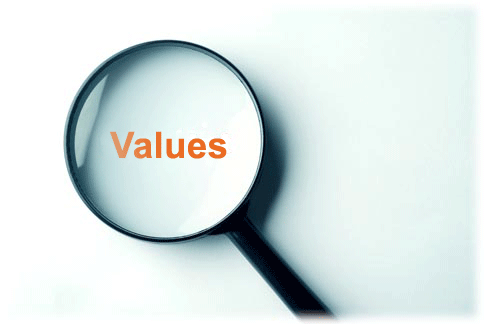Do You Value the Quality of Your Relationships?
Building a Foundation for Success
We believe that the quality of our [tag-tec]relationships[/tag-tec] creates the quality of our lives. If this is true then it’s vital to know how to effectively align your needs and desires with the needs and desires of the people in your life. Without this ability, it can be difficult to maintain the quality of relationships essential for creating the kind of life you truly want.
How can you know if someone in your life is on the same page as you? Are the same things important to both of you? Do you want similar results?
Establishing alignment is an essential ingredient for successful co-creation. In life, we often go about our own business trying to achieve our own [tag-tec]goals[/tag-tec], yet we are all still interconnected. These connections put limits on how far we can get in achieving our own results without cooperation.
 The process of creating genuine co-operation starts with alignment. This is a process of getting clear about what is important to everyone involved at the deepest level of their [tag-tec]core values[/tag-tec]. When you start building the alignment process on this foundation of shared values there’s less room for disconnection and disagreement.
The process of creating genuine co-operation starts with alignment. This is a process of getting clear about what is important to everyone involved at the deepest level of their [tag-tec]core values[/tag-tec]. When you start building the alignment process on this foundation of shared values there’s less room for disconnection and disagreement.
This means making sure you establish alignment at a values level before you begin to create strategies for getting what you want.
When You Put the Cart Before the Horse
We often see people get stuck when they try to gain someone’s cooperation and they start the conversation by offering or asking for strategies. The trouble with this is that people usually have different ideas about which strategies would work best. It’s easy for disagreements about the strategies to end up sounding like judgments and justifications.
As an example, say you work in a very small office and a coworker at the next desk speaks louder than allows you to easily concentrate.
If you walked over to their desk with a strategy already in mind–such them keeping their voice down while they’re on the phone–the first thing you might hear is disagreement about how loud they are speaking or some kind of justification about why it’s important to speak with a confident tone of voice.
It’s possible to avoid the back-and-forth that is bound to ensue if you begin the conversation with a deeper level of understanding and connection. You can much more easily create the cooperation you want when you start by creating alignment around what you each value.
Why? Because at a core level we all share the same set of values and beginning a conversation by focusing our attention on these values stimulates our natural tendency for empathy and compassion.
Aligning with Success
Think about it. In this situation, wouldn’t each person want to experience consideration?
Would understanding be important to them?
Would they like to be free to make their own choices?
Do you think they’d like to be comfortable, relaxed, and free to express themselves?
Yes, of course they would, and so does everyone else.
So in this work situation, imagine having the intention to start your conversation:
- with no agenda other than cooperating so that everyone gets what’s most important to them,
- with an intention to first create understanding and alignment about what you each value in your ideal work situation,
- and without attachment to any particular strategies.
If this was your intention, you might start by letting them know there is something you’d like to get on the same page about. Then request to have a conversation where you can discuss what’s most important to each of you about your work environment and relationships with your coworkers.
In that conversation, you might explore the value you place on being able to concentrate while working and their desire to be effective during their phone calls.
When Issues Become Opportunities
The volume they use while on the phone, and your desire for concentration, can become an opportunity to get more connected and aware of each other’s values.
This quality of sharing paves the way for you to co-create strategies for working together that ensure everyone experiences more of what they want.
This is how to begin co-creating a shared vision of success. Alignment paves the way for easy agreements and satisfying results that produces far greater enjoyment for everyone involved.














